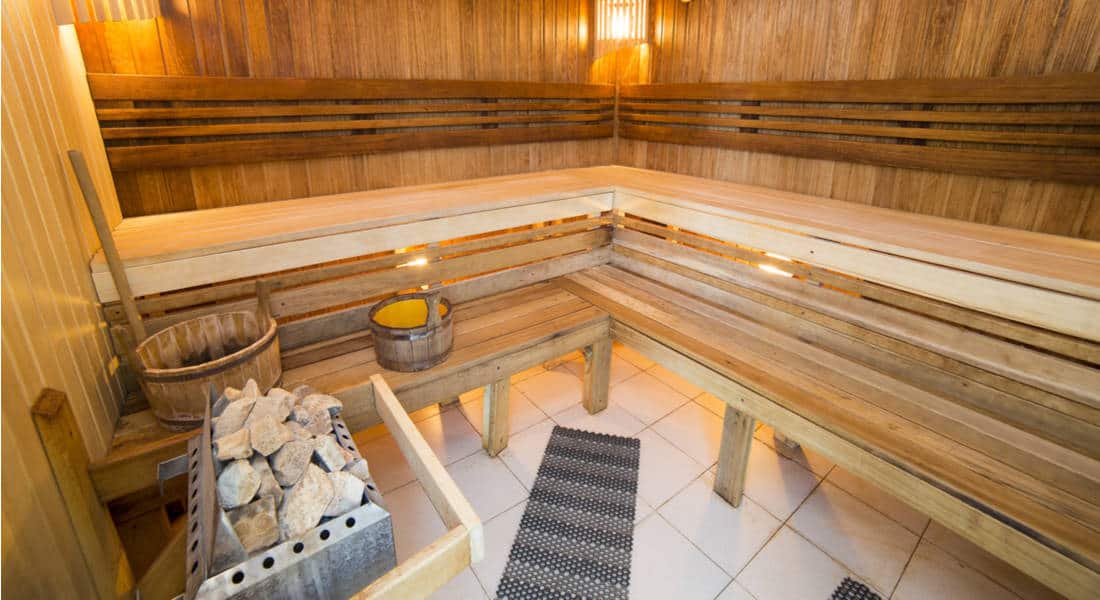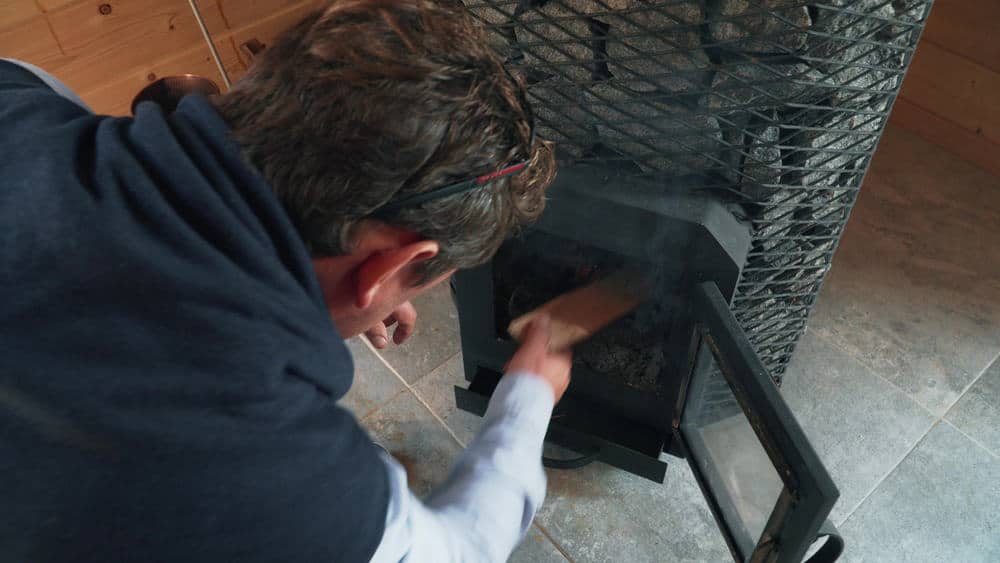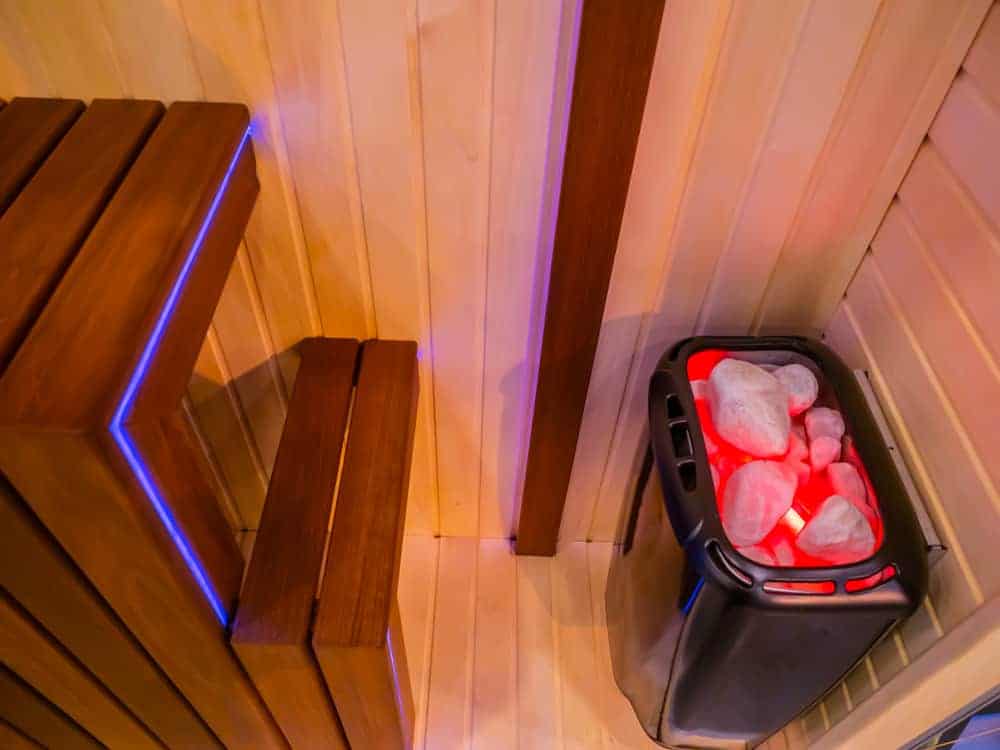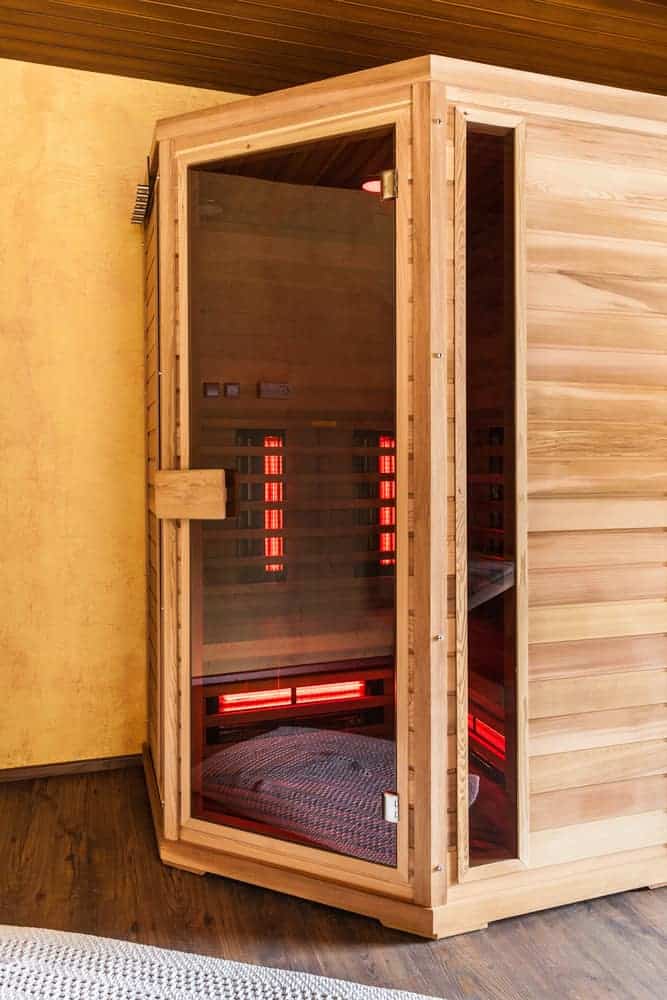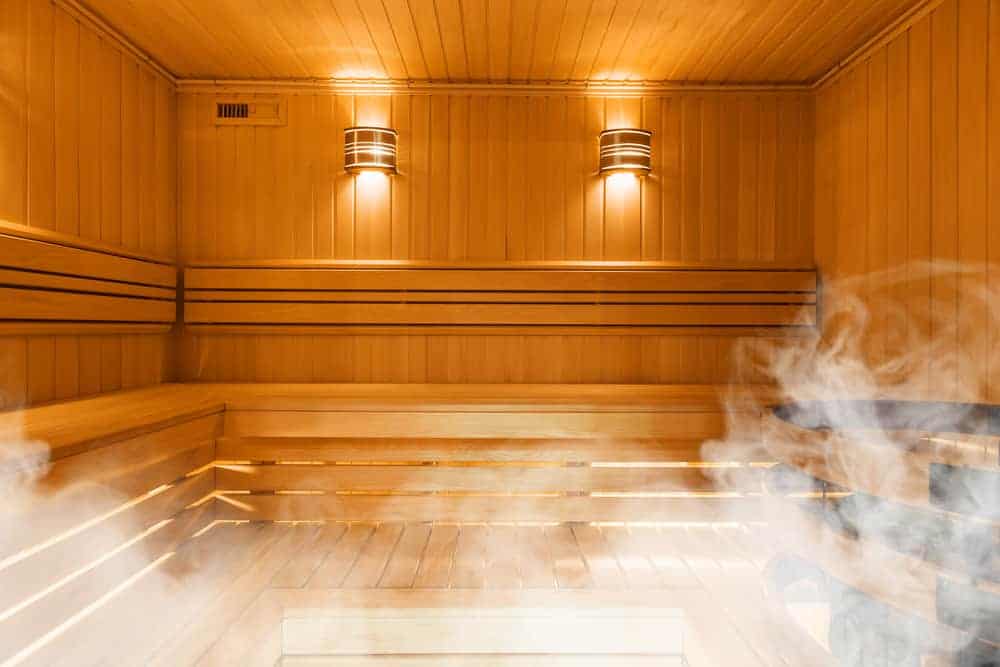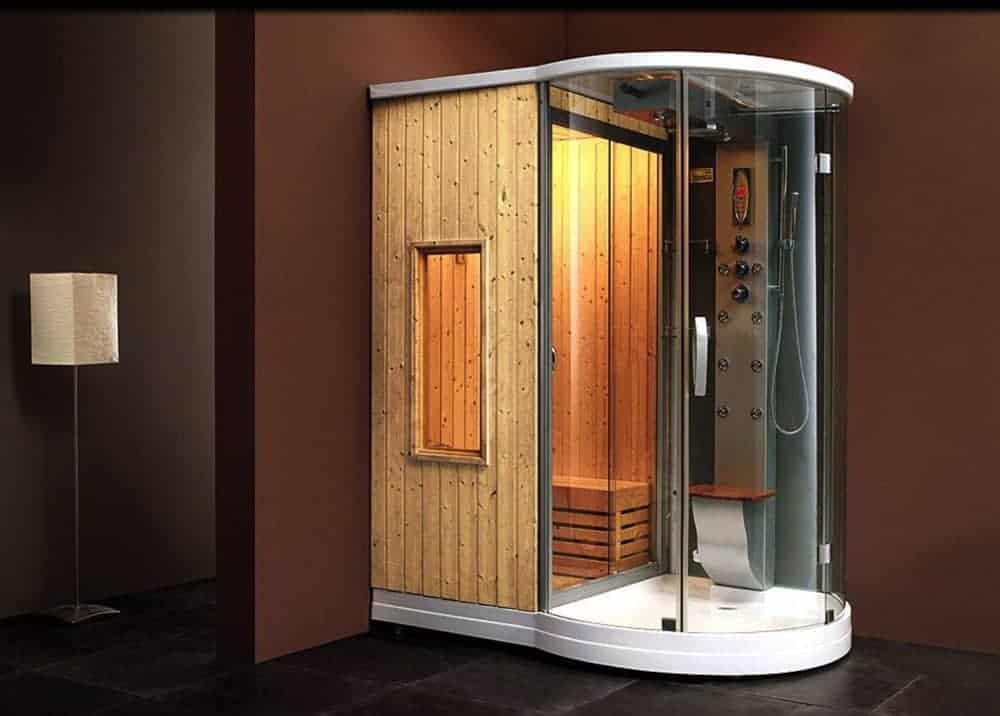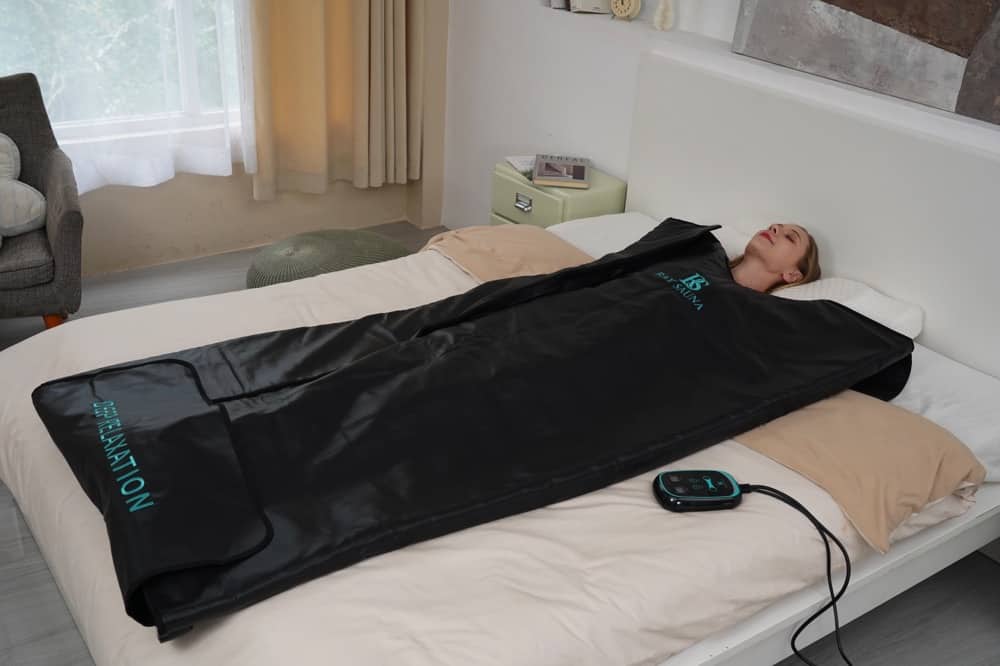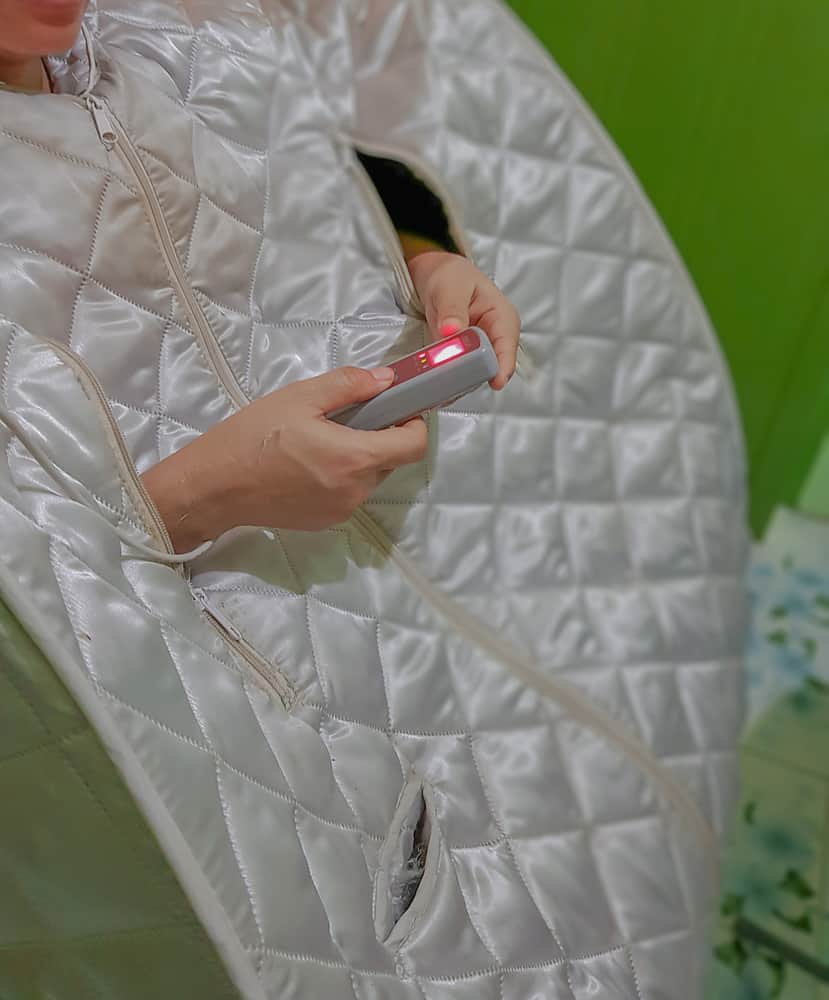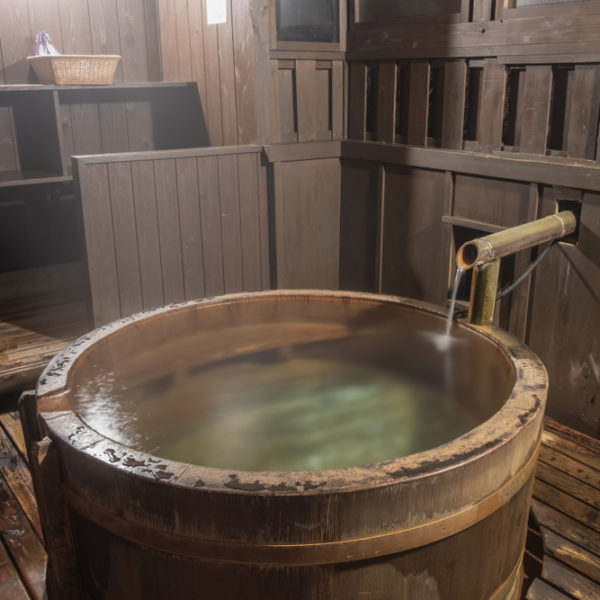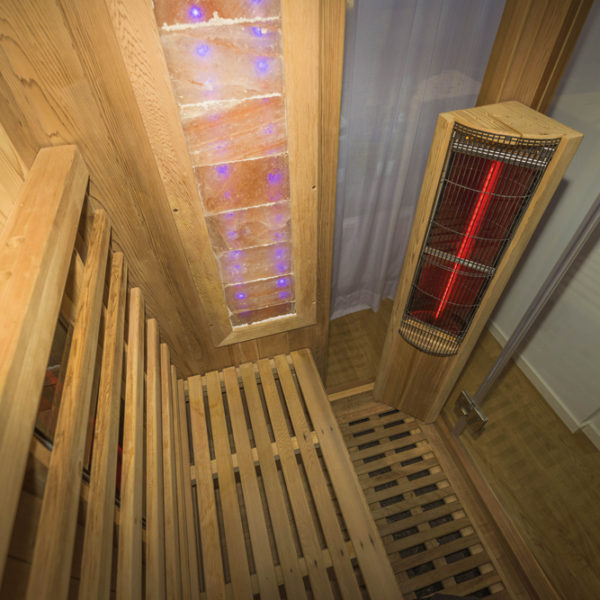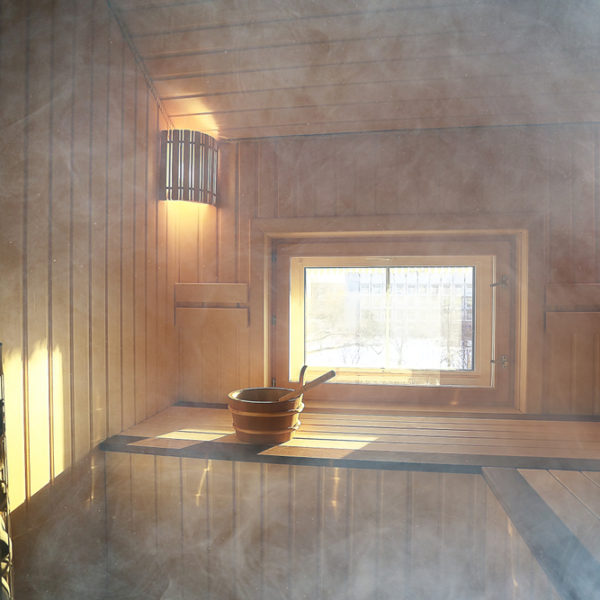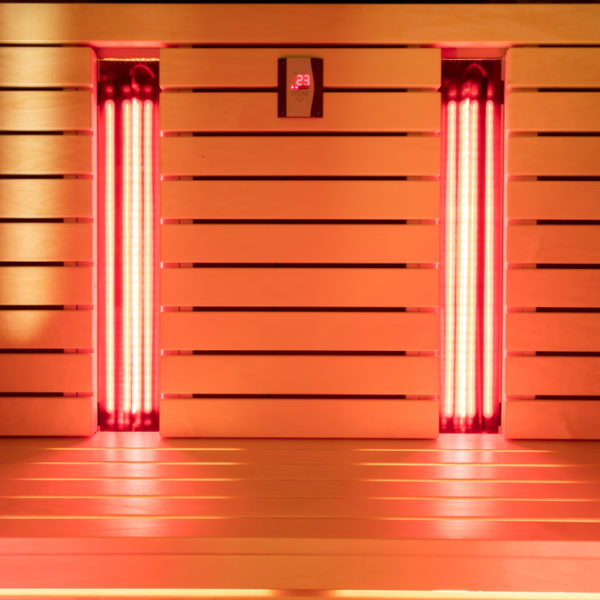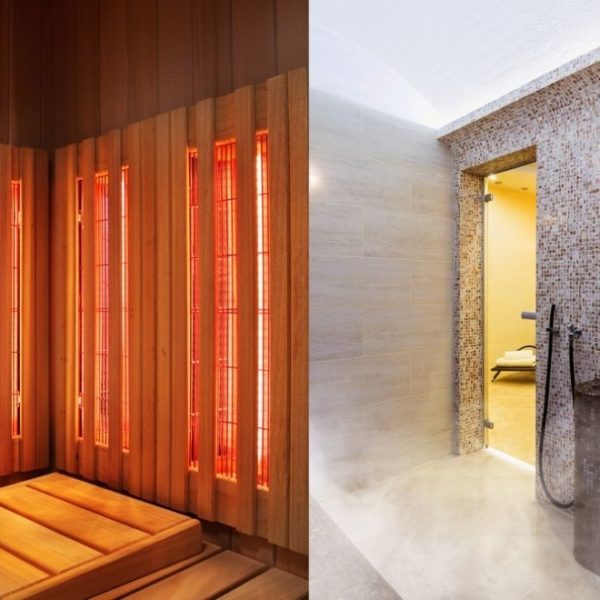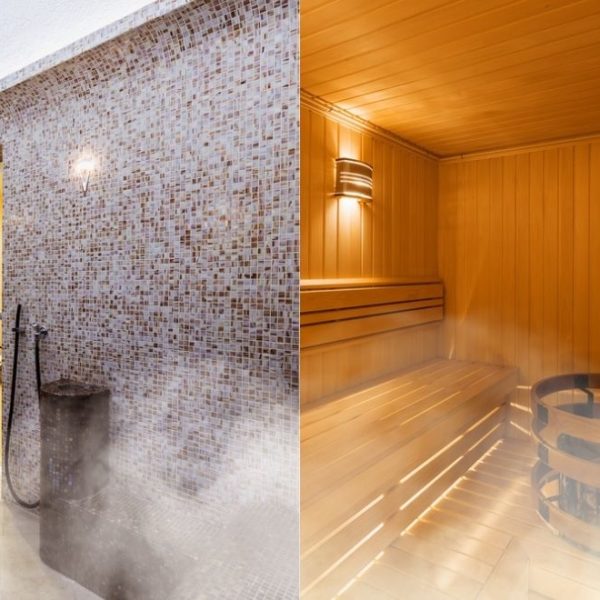Have you fallen in love with the idea of having a sauna in your home? In this article, we will discuss various considerations and associated costs of making your dream a reality.
In Finland, more than half the population owns a sauna, and its socio-therapeutic origin spans a history of at least 2000 years. So whether you are looking to increase the value of your home, desire the convenience of a spa-like retreat within your home, or want to be an adopted Finn, this article will point you in the right direction.
Why Own a Sauna
Sauna use in Finland has become culturally synonymous with family time. Like a Saturday afternoon bar-b-q in America, Finnish families retreat to their backyard cabins for family time.
However, coming from the west, you may have already experienced the benefits of a sauna in a day spa, wellness center, gym, resort, or possibly even at a friend’s house.
But, if you are like me, you may be a very private person, and it may not be easy to fully unwind and relax if you are sharing a sauna with others. This fact alone may make purchasing a sauna a worthwhile investment.
Sauna ownership boils down to personal preferences. Having unlimited access to a sauna may give you the time to enjoy those weekly sessions without worrying about traffic, time commitments, and monthly membership fees.
Considerations
An in-home sauna has various medical and therapeutic benefits. However, you will need to weigh the benefits against potential drawbacks as you begin to consider this investment seriously.
Below you will find six sets of questions that you can use to guide you along the decision process. In addition to settling on the type of sauna, you will need to consider the existing restrictions within your home, its intended purpose and use, additional features available, and installation and maintenance requirements.
Please ask yourself the following sets of questions:
- #1: What type of sauna have you experienced? If you have used various saunas, is there one that you prefer? Do you have a specific condition that a particular sauna helps treat or manage?
- #2: Do you have specific size and location restrictions for an in-home sauna installation? Is an outdoor installation a possibility?
- #3: How many people will potentially use the sauna at the same time? Is this a personal investment, or will you use it occasionally as a social gathering spot?
- #4: Are there specific features or accessories that you would like to have in your sauna? Do chromotherapy lights or an updated entertainment center sound interesting?
- #5: Where are the nearest dealers located? Can you readily find a local contractor who has experience installing various types of saunas? Is a DIY install possible?
- #6: What are the cleaning and maintenance costs associated with owning a sauna at home?
If you are ready, we will now look at five types of saunas that are most suitable for a home installation. Then under each class, we will discuss the pros, cons, costs, installation, and even some reputable companies you can contact for further information. Finally, I will even offer two portable options you may consider before jumping in all the way.
NOTE: The costs referenced in this article are specific to pre-fabricated sauna units themselves. You will have to consider various additional charges depending on personal preferences, including:
- structural and cosmetic work necessary to accommodate an in-home sauna unit
- shipping and delivery costs where applicable
- electrical and plumbing work if you choose to contract out labor and installation
- routine care and maintenance costs (always careful to follow manufacturer recommendations)
- other luxurious accessories or features that go beyond a unit’s more straightforward design
If you are DIY savvy and have some plumbing or electrical experience, you could save some green stamps by designing and building your custom sauna enclosure.
Remember to mention the dimensions of your particular enclosure with an industry professional when it becomes time to discuss the heating sources suitable for your design specifications and personal needs.
In-Home Sauna Costs by Types
Saunas produce a range of beneficial results through a coveted heat+sweat therapy by implementing various heating methods. Generally, a sauna may be wood-burning, electrically heated, steam generating, or use harmless infrared through specific lamp technology to provide the unit’s respected heat and humidity levels.
1. Wood-burning Sauna Cost ($3000 – $4000)
The traditional Finnish steam sauna employs a relatively simple methodology for heating. These saunas operate by heating rocks over a wooden fire. In addition, a bucket of water and ladle accompany the set-up allowing one to increase the amount of steam as desired.
These saunas can reach scorching temperatures of up to two hundred degrees Fahrenheit. Thus, your body temperature increases relative to the increasing temperature in the room.
Pros
- provides an atmosphere of the ancient ambiance
- a great option if you live in a remote location
- you can control the amount of humidity based on how much water your pour over the heated rocks
Cons
- temperature moderation is more challenging
- requires specific fire maintenance periodically
- purchasing wood can become pricey
- better suited for exterior applications
Costs
- For a traditional wood-burning sauna, expect to pay between the ballpark range of $3000 and $4000.
- If you would like top-quality imported materials, you can select from one of the following companies:
- Finnleo
- Heavenly Heat Saunas
- Finlandia Sauna
2. Electric Sauna Cost ($200 – $4600)
Electric saunas were developed in the 1950s and quickly gained popularity in the United States as this relaxed chamber suddenly became much more accessible to the community at large.
As capable of reaching higher temperatures as a traditional sauna, electric models have a significantly lower humidity output. Although this alternative usually lacks the use of a sauna pail and steam ladle, you can add water to the rocks in an electric sauna for a more steamy experience.
Pros
- allow you to select a precise temperature for the desired routine
- they reach and maintain temperature preference relatively quickly
- elegant and modern design
- interior and exterior options are available
- relatively easy to build into your home
Cons
- start-up cost can be relatively expensive based on the size of the enclosure
- electrical use will add to your monthly utility bills
- non-traditional ambiance
- electrical power may not be available
Costs
- Electric heating units are pretty expensive, ranging between $200 and $4600. However, you can calculate the cost of your heater by considering that you need 1kW of heating power for every 50 cubic feet of sauna space.
- Check out this guide to help you choose a suitable sauna heater.
3. Infrared Sauna Cost ($2,300 – $8,500)
Infrared saunas are pretty different from the other types discussed in this article because there is no humidity associated with the therapy. Instead of heating the space, infrared heat directly penetrates your skin; this is significant to this sauna type’s popularity and research-backed advantages.
Infrared use for healing and treating various conditions made headlines and created a sudden boom in the sauna industry after NASA released their findings that infrared therapy promoted faster recovery in their astronauts.
Furthermore, you should know that there are two main types of infrared saunas (far and near)- the difference lies in the wavelength of the light heat emitted. But, each range along the infrared spectrum specifically affects particular therapeutic benefits.
Near-infrared, by far the shortest wavelength is absorbed right below your skin surface, promoting skin cell regeneration and revitalization.
Mid-infrared, are longer than near-infrared wavelengths and are effective at improving your circulation and increasing healing times.
Far-infrared, the longest wavelength, penetrates the deepest and is best adapted for weight loss, detoxification, and increased blood flow.
Pros
- medically endorsed as being relatively safe with no known long-term side effects
- low operating cost
- no plumbing required
- energy-efficient
- generates sweat at a much lower temperature than other saunas
- widely available in gyms, spas, and wellness centers
- pre-fabricated home set-ups are available for purchase
Cons
- cheaper models may have higher than acceptable EMF levels
- dry heat may not be suitable for all individuals
Costs
- You may begin to search the price market with Radiant Health Saunas, an industry leader in the infrared sauna sector; however, generally, a full-spectrum infrared sauna costs $2,300 to $8,500 installed.
4. Steam Sauna Cost ($2500 – $8000)
More synonymous with a Turkish-style bath than a sauna, the humidity level reaches 100 percent within these enclosures. Its lower temperature, typically hovering around 110-120 degrees Fahrenheit, is adapted to its benefits.
These enclosures are different from their counterparts; instead of wood, manufacturers use waterproof tiles, stone, glass, or acrylic to build a steam bath.
You can likely find steam baths in wellness spas, hotels, and world-class resorts around the world. Fitness and leisure centers will also have this commodity as professionals commonly take advantage of this post-fitness therapy.
Pros
- DIY friendly construction allows your custom-designed steam room to be retrofitted with a steam generator unit to complete the build
- versatile material choice allows you to coordinate with your interior style preferences
- can be installed inside or outside
Cons
- steam generator units are pretty expensive
- most require 220v hardwired installation, so it is advisable to hire a contractor for electrical work
- takes longer to heat up initially
- higher heat means shorter sessions
Costs
- Steam saunas are typically designed with cedar, a rather expensive softwood, and can cost anywhere between $2500 and $8000 for an in-home solution. Larger scale designs or custom-built units can soar above the $10,000 mark.
5. Shower-Sauna Combination Cost (Starting at $2269)
Having a steam sauna within the walls of your home is a luxury, and now industry leaders offer an all-new space-saving combination design. These comparatively expensive units are an excellent option for those of you interested who have space limitations.
Shower-sauna combinations come in various dimensions and may even fit the existing shower parameters of your bathroom. This high-end option can become part of the bathroom design for a new home, or its versatility allows you to consider it as a possible remodel feature.
In any case, to have the ability to enjoy a saunas therapeutic benefits, then immediately switch over to a cool, refreshing shower, all within the same enclosure, is highly attractive.
Pros
- adds spa-like luxury appeal to your bathroom
- shower-sauna combinations are available to fit various dimensions
- straightforward installation
- variety of accessories are available
- made with durable materials
- self-enclosed
Cons
- most require 220v hardwired installation, so you may need to call an electrician
- although these units can produce steam, they cannot fully replicate the sensations involved with traditional steam or infrared saunas
Costs
- Shower-sauna combinations are available in a wide range of pricing. Below are two well-known companies that, as you can see, have very different starting price points.
- AQUAPEUTICS starting at $5499
- ARIEL Bath starting at $2269
6. Sauna Blanket Cost (Quality Products Starting at $479)
If you prefer the infrared sauna but are not ready to commit to a full-size installation at home fully, a sauna blanket may be an excellent alternative for starters.
An infrared sauna blanket wraps around your body as if you were lying down in a sleeping bag. Although it may not be suitable for a social gathering, it is an excellent way to achieve some peace in the solitary confinement of your room.
Infrared sauna systems have no reported adverse side effects, but be sure not to extend time limits and follow all recommended guidelines. And even though you have clinical clearance, keep in mind that a sauna blanket may make you feel claustrophobic.
Safety-wise, remember to always search for a model with low-EMF. Finally, remember to properly hydrate before, during, and after using a sauna blanket to replenish your body’s water needs after a good sweat session.
Research supports the beneficiary results of infrared light therapy; however, keep in mind that scientists have typically studied walled enclosures, not this blanket form.
Along with a healthy diet and exercise, regular use of a sauna blanket will help support immune system health and even weight loss. That said, this compact and easy-to-use option can provide the calming and therapeutic qualities that you seek.
If you decide to go ahead with purchasing a sauna blanket, here are the top option available on the market, including their prices:
- Ray Sauna Blanket: $479
7. Portable Steam Sauna Cost (Starting at $120)
Finally, I will mention one more no-installation-required sauna alternative if you are not ready to commit to anything more significant. A portable steam sauna will roughly cost you just over $120.
Portable steam saunas not only assemble in minutes but are collapsable and easy to store between uses. These martian-like contraptions may look somewhat ridiculous but still do an excellent job of bringing out the sweat in you.
Final Thoughts
Independent of the type of sauna, one typically leaves the experience feeling noticeably better than when they entered. Most people thoroughly enjoy the sense of relaxation that goes hand-in-hand with heat therapy.
You may even be able to relate to my experience of having left the sauna feeling rejuvenated, relaxed, centered, and full of this new vigorous energy that is even better than a cold shower on a hot summer day.
Conclusion
If you have the space and the financial resources, I encourage you to make this holistic investment into your health. Of course, having a personal sauna is an indulgence and a first-world luxury. Still, it could be well-supported nonetheless, especially if you know you will be using it with regular frequency to justify the cost.
Would you please share your sauna-build or purchasing experiences below in the comments section?
